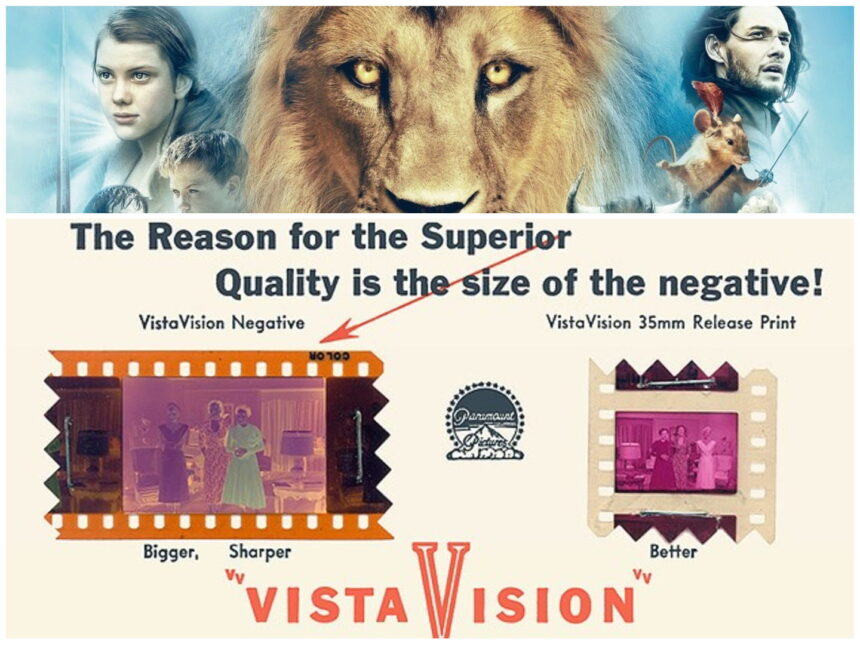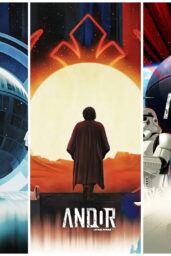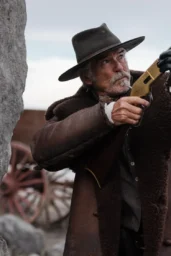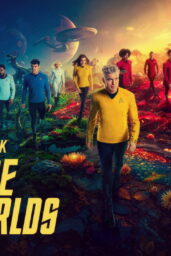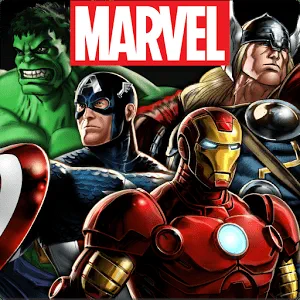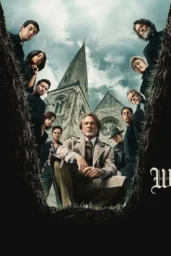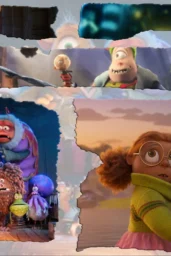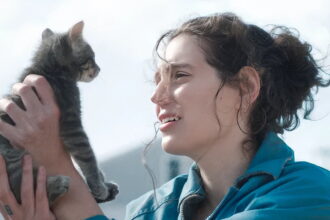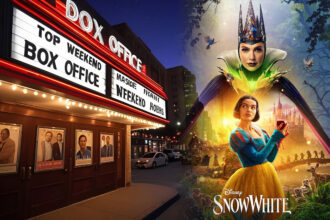Let's get this out of the way: Greta Gerwig isn't filming The Magician's Nephew in IMAX. And that's not a mistake. It's a manifesto.
Despite early buzz about an IMAX debut in 2026, a recent investors briefing confirmed Narnia won't use the iconic 70mm IMAX film cameras. Instead, Gerwig's fantasy epic will roll on VistaVision and 35mm, with cinematographer Seamus McGarvey revealing the decision on The Filmmaker's Podcast.
For cinephiles, that's not just a technicality—it's a battle cry.
VistaVision? In 2025?
That's like showing up to a Tesla launch party in a 1957 Chevy Bel Air—and somehow stealing the show.
Created by Paramount in the 1950s, VistaVision offered a wider negative and sharper image than standard 35mm. It faded from mainstream use after One-Eyed Jacks (1961), only to be sporadically resurrected for visual effects shots in the Star Wars era. That is, until Brady Corbet's The Brutalist blew the dust off the format last year.
Now, with five major directors—including Paul Thomas Anderson, Yorgos Lanthimos, and Alejandro González Iñárritu—lining up to shoot in VistaVision, the question isn't “Why Gerwig?” It's: Why now?
Analog Dreams in a Digital World
Shooting on VistaVision isn't just a nod to nostalgia—it's a flex. It signals taste, control, and (let's be real) budget. With Netflix backing Gerwig's Narnia, money clearly wasn't the obstacle.
The choice to ditch IMAX film in favor of VistaVision might seem counterintuitive, especially when you're aiming for an IMAX release. But it's not about scale. It's about texture.
“Digital has reach. Film has soul,” McGarvey once said (paraphrasing a long-standing sentiment in cinematography circles). And VistaVision—especially in the hands of a director known for imbuing Barbie dolls with existential dread—isn't just aesthetic. It's psychological.
A Trend—or a Rebellion?
Hollywood tends to move like a school of fish. One studio streams, they all stream. One film flops, they all panic. But the sudden uptick in VistaVision projects doesn't feel like trend-chasing. It feels like a mutiny.
Over the past decade, a handful of directors have clawed back analog formats from obsolescence:
- Christopher Nolan clung to 70mm like a lifeline (Dunkirk, Oppenheimer).
- Quentin Tarantino resurrected Ultra Panavision 70 for The Hateful Eight.
- Greta Gerwig now enters that conversation—not with bombast, but with precision.
Unlike Nolan's IMAX epics or Tarantino's wide-frame Westerns, Gerwig is using VistaVision for a children's fantasy film based on a 1955 allegorical novel. That's subversive. That's exciting.
And that might be the point.
The Bigger Picture (Literally)
So what happens when Narnia hits IMAX screens without being shot in IMAX? Will purists gripe about “fake IMAX”? Possibly. But Oppenheimer proved that audiences still show up for film stock subtleties—even if they don't know that's what they're seeing.
And with streaming giants like Netflix footing the bill, the future of film might paradoxically lie in its past.

